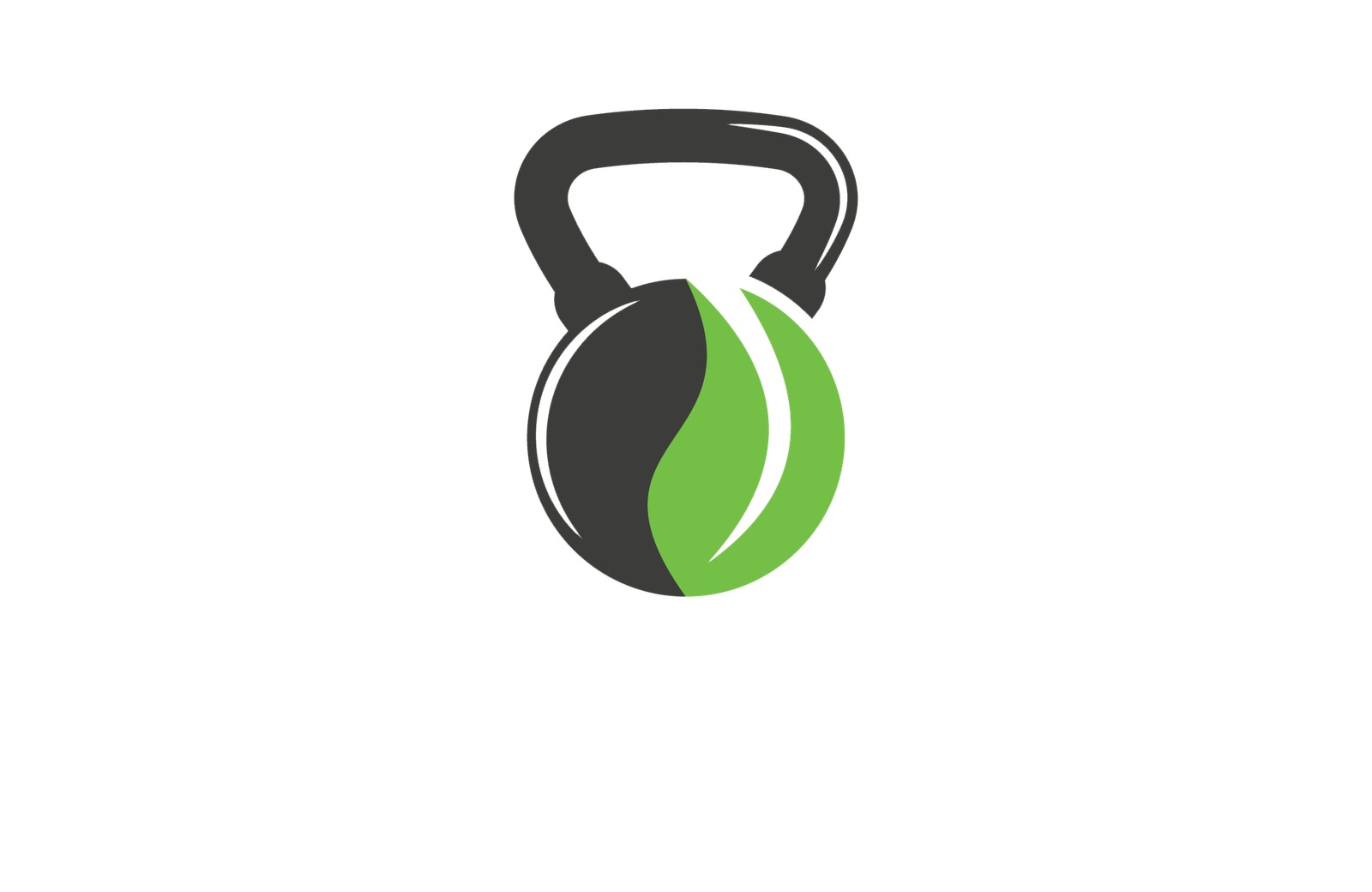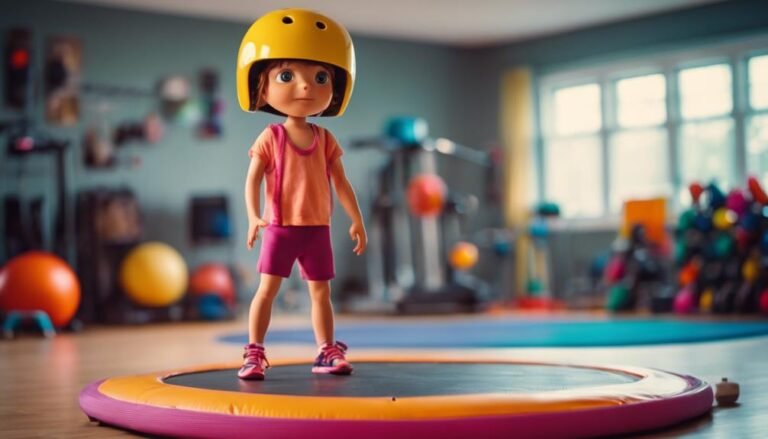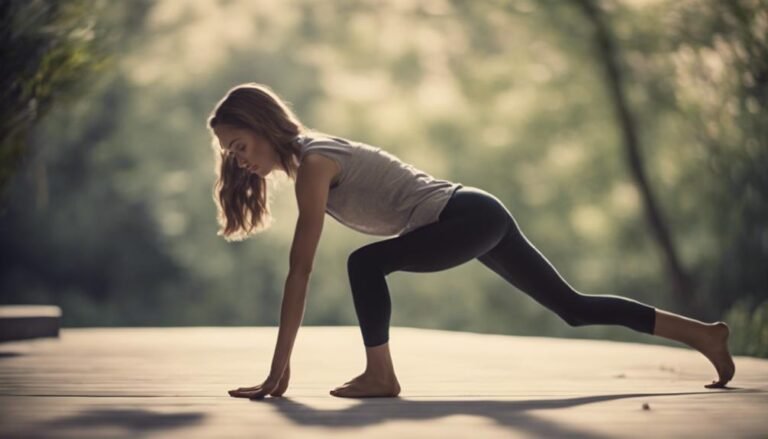Don't miss our holiday offer - 20% OFF!

Safe Use of Home Gym Equipment
Know the secrets to preventing injuries and maximizing results in your home gym by adopting these crucial safety habits and best practices.
We prioritize safety in our home gym by creating a well-maintained, thoughtfully laid out, and emergency-ready space that empowers us to focus on achieving our fitness goals. Regular equipment inspections and maintenance tasks, such as lubricating moving parts and tightening loose screws, guarantee our machines are in top condition. We also warm up and cool down properly, use proper lifting techniques, and maintain a safe workout environment with adequate lighting and floor clearance. By taking these steps, we can confidently push ourselves to new heights – and there's more to explore to guarantee a safe and effective workout experience.
Key Takeaways
- Regularly inspect and maintain home gym equipment to prevent injuries and ensure optimal performance.
- Warm up and cool down properly to prevent injuries and optimize workouts.
- Ensure a safe workout environment by maintaining floor clearance, proper equipment spacing, and adequate lighting.
- Establish an emergency response plan, including a first aid kit and emergency contact information.
- Use proper lifting techniques and form to avoid injuries and ensure effective workouts.
Inspecting Your Home Gym Equipment
We regularly inspect our home gym equipment to guarantee it's in top condition, which helps prevent injuries and maintains its overall performance. This habit is vital, as faulty equipment can lead to accidents and setbacks in our fitness journey. During our inspections, we conduct thorough visual checks to identify any signs of wear and tear. We examine the equipment's moving parts, looking for any signs of rust, corrosion, or damage. We also review our equipment logs to confirm that regular maintenance tasks, such as lubricating moving parts and tightening loose screws, are up to date. By keeping accurate records, we can track our equipment's condition over time and plan for future maintenance or replacements. By investing a little time in inspecting our equipment, we can enjoy a safer and more effective workout experience. By staying on top of equipment maintenance, we can focus on what really matters – achieving our fitness goals.
Warm-Up and Cool-Down Routines
As we get ready to tackle our home workouts, it's clear that warm-up and cool-down routines are essential to our overall fitness journey. We're about to explore the importance of pre-workout preparation, gentle muscle activation, and stretching exercises that'll help us perform at our best. By incorporating these routines into our daily exercise regimens, we'll be setting ourselves up for success and minimizing the risk of injury.
Pre-Workout Preparation
Before diving into our exercise routine, a few minutes must be dedicated to pre-workout preparation to prevent injuries and optimize performance. We're not just talking about jumping into our workout clothes and hitting the gym; we need to set ourselves up for success. This preparation is vital to get our bodies and minds ready for the exercise ahead.
To facilitate a great workout, we need to focus on three key areas:
- Music Selection: The right playlist can boost our energy and motivation. We choose music that pumps us up and gets us moving.
- Mindset Reset: We take a few minutes to clear our minds, focus on our goals, and visualize success. This mental preparation helps us stay committed and driven throughout our workout.
- Physical Preparation: We get our bodies ready by stretching, mobilizing our joints, and getting our heart rates up. This helps prevent injuries and gets us ready to tackle our exercise routine with confidence.
Gentle Muscle Activation
Gentle muscle activation through warm-up and cool-down routines plays a vital role in preparing our bodies for exercise and facilitating a smooth recovery. As we begin our workout, gradual preparation is necessary to ease into physical activity, gradually increasing our heart rate and engaging our muscles. This mindful engagement helps prevent sudden shocks to our system, reducing the risk of injury and strain. During our warm-up, we focus on gentle, low-intensity movements that get our blood flowing and our muscles warm. This soft landing into exercise prepares our bodies for more intense activity, allowing us to perform at our best. Similarly, after our workout, a cool-down routine helps our bodies shift back to a resting state, gradually slowing our heart rate and stretching our muscles. By incorporating gentle muscle activation into our exercise routine, we can guarantee a safe and effective workout, every time.
Stretching Exercises Essential
We incorporate stretching exercises into our warm-up and cool-down routines to prepare our muscles for physical activity and facilitate a smooth recovery. By doing so, we can reap the flexibility benefits that come with regular stretching, improving our overall range of motion and reducing the risk of injury. In addition, stretching exercises play a vital role in muscle recovery, helping to reduce muscle soreness and improve overall athletic performance.
These essential stretching exercises should be included in our routines:
- Neck Stretch: Slowly tilt our head to the side, bringing our ear towards our shoulder, and hold for 30 seconds.
- Quad Stretch: Stand with one hand against a wall for balance, lift one leg behind us, and hold for 30 seconds. Switch legs and repeat.
- Hamstring Stretch: Sit on the floor with our legs straight out in front of us, lean forward, and hold for 30 seconds.
Lifting Techniques and Form
As we start building our home gym, it's essential we focus on proper lifting techniques and form to avoid injuries and get the most out of our workouts. We'll explore the importance of maintaining proper posture alignment, ensuring our bodies are in the correct position to lift safely and effectively. By mastering these fundamentals, we'll be able to lift with confidence and achieve our fitness goals.
Proper Posture Alignment
By incorporating proper posture alignment into our lifting techniques, we substantially reduce the risk of injury and guarantee a more effective workout. Proper posture alignment is essential for a safe and successful workout, and it starts with engaging our core muscles. When our core is engaged, we maintain a stable and balanced posture, which helps to prevent muscle imbalances.
Here are some key considerations to keep in mind:
- Maintain a neutral spine: Avoid arching our back or slouching, as this can put unnecessary strain on our muscles and joints.
- Engage our core: Keep our abdominal muscles tight to support our posture and maintain balance.
- Keep our shoulders relaxed: Avoid tensing up or scrunching our shoulders, as this can lead to fatigue and discomfort.
Safe Lifting Mechanics
Now that we've established a strong foundation with proper posture alignment, let's turn our attention to the specific lifting techniques and form that will help us get the most out of our home gym equipment while minimizing the risk of injury. We'll focus on developing good lifting mechanics to guarantee we're targeting the right muscles and avoiding unnecessary strain on our joints.
As we lift, we need to engage our core muscles to provide stability and support. This means drawing our belly buttons towards our spines and maintaining a tight, braced position. We'll also focus on body awareness, paying attention to how our bodies are positioned and aligned throughout each exercise. This awareness will help us make adjustments on the fly to maintain proper form and avoid compromising our joints.
Proper Weight and Resistance
We need to determine the proper weight and resistance that challenges our muscles without risking injury, allowing us to make steady progress and enjoy the workout experience. When we choose the right weight, we can avoid muscle imbalance, which occurs when some muscles become stronger than others, leading to poor posture, poor performance, and increased risk of injury.
To achieve progressive overload, we need to gradually increase the weight or resistance over time to continue challenging our muscles and promoting growth. Here are some tips to help us get it right:
- Start with a weight that allows us to complete the desired number of repetitions with good form, but still challenges us.
- Gradually increase the weight or resistance as we get stronger, but avoid sudden jumps that can lead to injury.
- Listen to our bodies and rest when needed, as overexertion can lead to fatigue, injury, or burnout.
Space and Floor Safety Considerations
As we set up our home gym, it's essential that we consider the space and floor safety considerations to guarantee a safe and effective workout environment. We need to make certain that our equipment is spaced out properly to avoid any accidents or injuries. One key aspect is floor clearance – we should maintain a minimum of 3-4 feet of clearance around each piece of equipment to allow for comfortable movement and exercise performance. This will prevent us from bumping into machines or getting caught in tight spaces.
Another essential consideration is equipment proximity. We should position our machines in a way that allows for easy access and minimal obstruction. For instance, we shouldn't place a treadmill directly behind a weightlifting station, as this could lead to collisions or tripping hazards. By carefully planning our equipment layout, we can create a safe and functional workout space that allows us to focus on our fitness goals without worrying about accidents. By prioritizing space and floor safety, we can enjoy a safe and effective workout experience in the comfort of our own homes.
Emergency Preparedness and Response
By planning ahead for emergencies, we can guarantee that our home gym remains a safe haven, even in unexpected situations. We know that accidents can happen, but with a solid emergency plan in place, we can minimize risks and respond efficiently.
To ensure we're prepared, let's take the following steps:
- Stock a first aid kit: Keep it easily accessible and fully stocked with essentials like bandages, antiseptic wipes, and pain relievers.
- Post emergency contacts: Display a list of important phone numbers, such as our emergency services and a trusted friend or family member, in a visible spot near our workout area.
- Create an emergency response plan: Identify the nearest hospital, designate a meeting point outside the home, and establish a communication plan in case of separation.
Regular Maintenance and Upkeep
Our home gym equipment is an investment worth protecting, and regular maintenance and upkeep are essential to maintaining our gear in top condition and supporting our fitness goals. We need to stay on top of our equipment's maintenance to prevent malfunctions and guarantee our safety while working out.
Here's a simple maintenance schedule to follow:
| Equipment | Maintenance Task | Frequency |
|---|---|---|
| Treadmill | Check and tighten loose screws | Weekly |
| Free Weights | Inspect for rust and clean | Monthly |
| Elliptical | Lubricate moving parts | Quarterly |
| Stationary Bike | Check and adjust seat height | Bi-Monthly |
| Exercise Mat | Clean and disinfect | Daily |
Regular maintenance also involves reviewing our equipment's user manual to confirm we're using the gear correctly. Additionally, we should perform equipment calibration as recommended by the manufacturer to guarantee accurate readings and peak performance. By staying on top of maintenance and upkeep, we can extend the lifespan of our equipment, prevent injuries, and achieve our fitness goals.
Frequently Asked Questions
Can I Use Home Gym Equipment Outdoors or in a Garage?
We can use home gym equipment outdoors or in a garage, but we must guarantee it's weather-resistant and stored properly to prevent damage, so we can continue our fitness journey without interruptions.
How Do I Prevent Noisy Equipment From Disturbing Neighbors?
"Silence is golden" and we're about to strike gold! We'll dampen the din by incorporating soundproofing materials and noise reduction strategies, ensuring our workouts don't disturb the neighbors, allowing us to sweat in peace.
Can I Let My Children Play on Home Gym Equipment?
"We let our kids explore home gym equipment, but with age restrictions and close supervision, ensuring they understand safety guidelines and boundaries, so they can have fun while staying safe and healthy!"
Are Home Gym Equipment Warranties Transferable to New Owners?
Like a golden thread, warranties can weave a sense of security around our purchases. However, we've found that home gym equipment warranties are often non-transferable to new owners, limiting resale values and leaving us with a pricey paperweight.
Do I Need to Hire a Professional to Assemble My Equipment?
'We don't think we need to hire a pro to assemble our equipment, but we do need to make certain we have enough space and follow gym safety guidelines to avoid injuries and damage.'
Conclusion
We've survived the grueling gauntlet of home gym equipment safety. And let's be real, it's about time – who needs a gym-induced injury to ruin their fitness goals? By following these simple (yet vital) guidelines, we can safeguard our home gyms are safe havens, not hazardous zones. So, go ahead, get sweaty, and remember: a safe workout is a happy workout!



